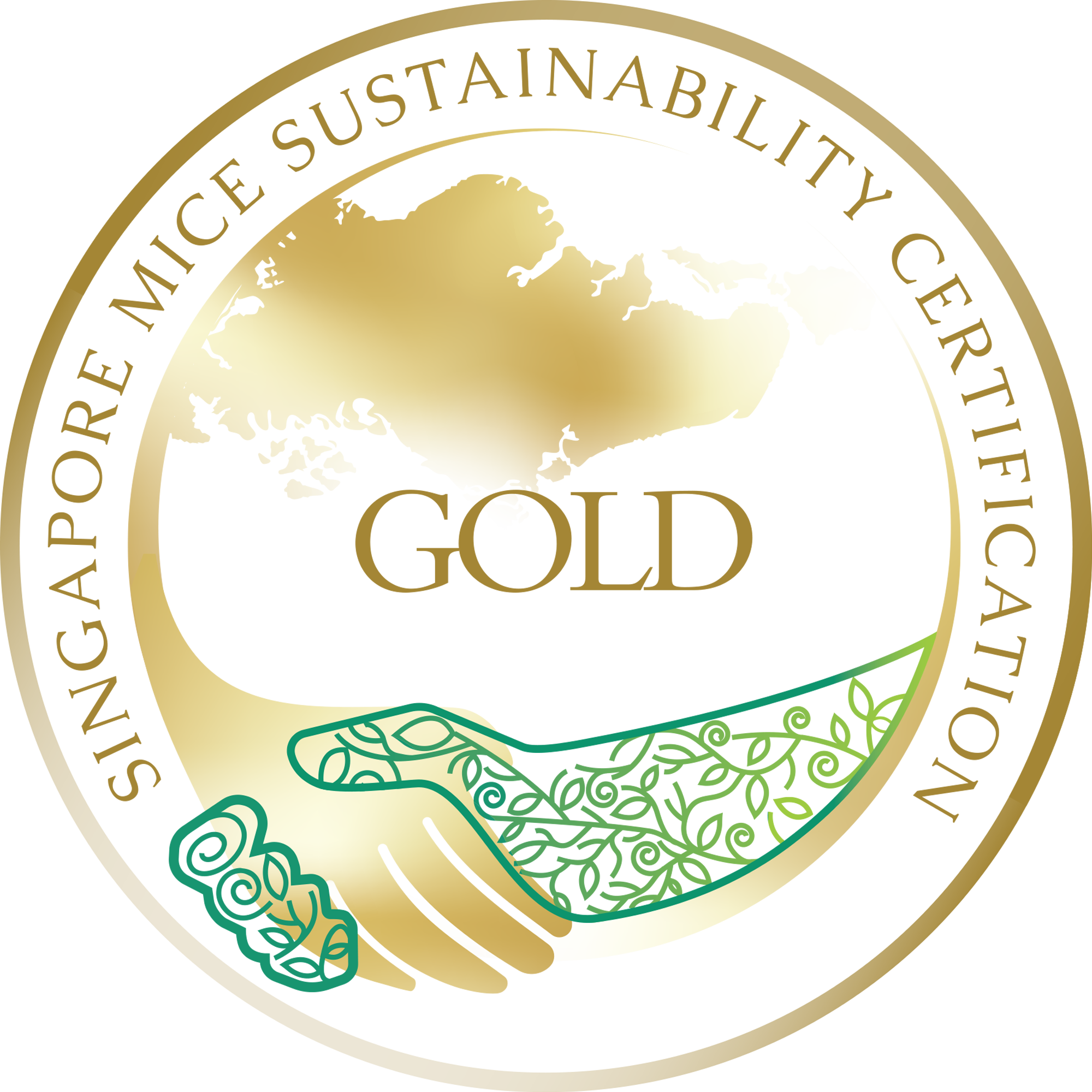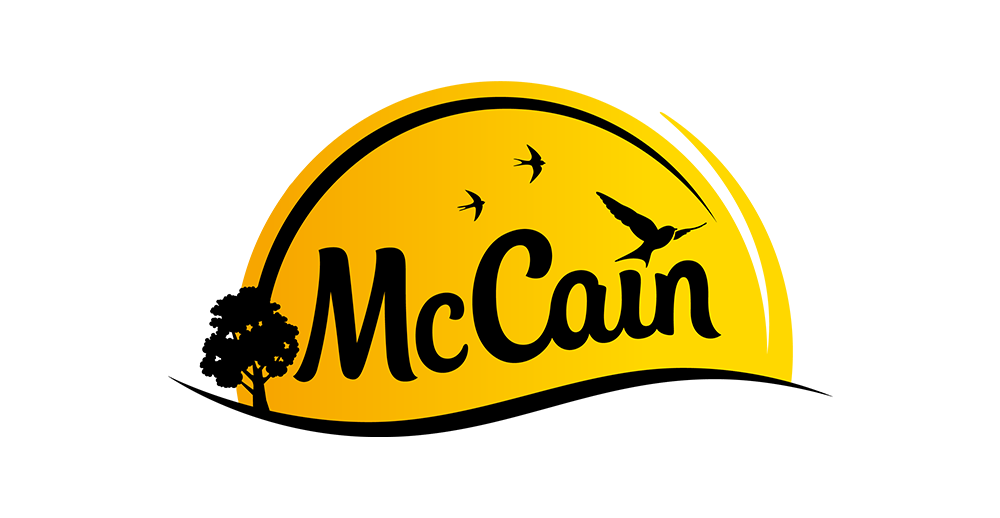Fat washing is a technique used in mixology to infuse spirits with the rich, savory, or creamy flavors of fats such as butter, bacon, and coconut oil. While the process itself is straightforward, the results are anything but ordinary.
Originally developed in the perfume industry to extract fragrances, fat washing entered the cocktail scene in the early 2000s.
Since then, it has become a go-to method for creating innovative drinks with unexpected and memorable flavors, such as smoky bourbon, buttery rum, or even coconut-infused vodka.
The technique enhances the depth and texture of cocktails, making it a favorite among innovative bartenders and home enthusiasts alike.
How Fat Washing Works – The Science Behind It
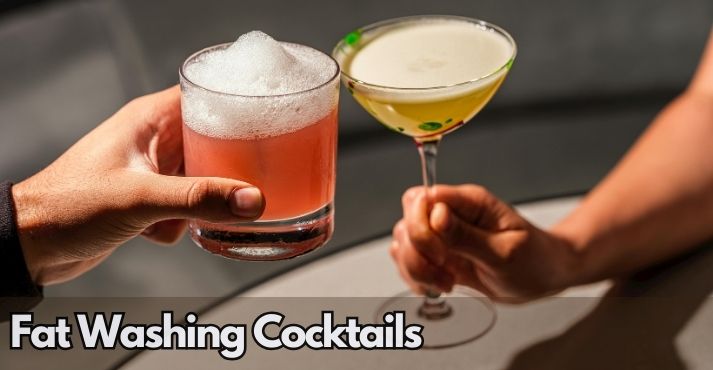
Fat washing works by using alcohol’s ability to bind with fat molecules, allowing spirits to absorb rich, savory, or creamy flavors. The process is influenced by the spirit’s ABV (alcohol by volume) since higher-proof alcohol extracts flavors more efficiently.
When a melted fat such as butter, bacon grease, or coconut oil is mixed with alcohol, the spirit extracts the fat’s aromatic compounds while retaining its smooth texture.
This infusion process usually takes a few hours at room temperature, ensuring that the spirit absorbs the full depth of flavor.
The mixture is chilled once the infusion is complete, causing the fat to solidify and separate from the liquid. The spirit is then strained through a fine-mesh sieve or cheesecloth, leaving behind a clarified yet flavor-packed alcohol.
This method enhances both texture and taste, giving fat-washed spirits a silky mouthfeel and bold character.
Many bartenders use this technique to create fat-washing cocktails, such as bacon-washed bourbon or butter-infused spirits, adding complexity to classic drinks like Old Fashioned or Manhattans.
The Origins & Evolution of Fat Washing
Fat washing has its roots in the perfume industry, where the fat washing technique was historically used to extract delicate aromatic compounds from flowers and botanicals.
This method, known as enfleurage, involved infusing fats with essential oils before alcohol was used to separate and preserve the fragrances.
The transition of fat washing into the cocktail world began in the early 2000s when innovative bartenders sought new ways to add depth and texture to spirits.
One of the earliest and most well-known examples is Benton’s Old Fashioned, created by Don Lee at New York’s PDT (Please Don’t Tell) bar.
This fat-washing cocktail, infused with smoky bacon fat, became an instant classic and helped propel the technique into mainstream mixology.
Since then, bartenders have continued to experiment with fat washing, using a variety of fats such as butter, coconut oil, and duck fat to create clarified cocktails with rich, silky textures. This method, along with other techniques, is pushing the boundaries of bar innovation.
As bars continue to evolve, the broader trends in the bar industry show a growing emphasis on creative, boundary-pushing cocktails, such as fat-washed drinks, which are reflective of the shift toward more inventive and personalized drink options.
Today, this technique is widely used in cocktail bars, pushing the boundaries of flavor and redefining how spirits can be infused with unexpected ingredients.
How to Fat Wash Spirits – Step-by-Step Guide
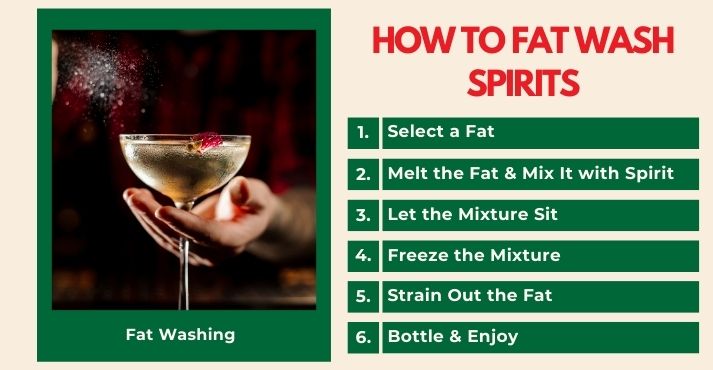
Fat washing is a technique used to infuse spirits with the rich flavors of fats, such as butter, bacon fat, or coconut oil. This process adds depth and complexity to cocktails. Here’s a detailed step-by-step guide:
Step 1: Select a Fat
- Choose a fat that complements the spirit and the flavor profile you want to achieve. Common options include:
- Butter: Adds a creamy, rich flavor.
- Bacon Fat: Imparts a smoky, savory note.
- Coconut Oil: Brings a tropical, nutty taste.
- Olive Oil: Offers a fruity, herbal nuance.
Step 2: Melt the Fat and Mix It with the Spirit
- Melt the fat gently (if solid) until it becomes liquid.
- Combine the melted fat with your chosen spirit (e.g., bourbon, vodka, rum) in a clean, airtight container. A good ratio is 1-2 tablespoons of fat per cup of spirit, but this can be adjusted to taste.
- Stir or shake the mixture to ensure the fat and spirit are well combined.
Step 3: Let the Mixture Sit
- Allow the mixture to sit at room temperature for 2-6 hours. This gives the spirit time to absorb the fat’s flavors.
- For a stronger infusion, you can let it sit longer (up to 24 hours) but taste periodically to avoid overpowering the spirit.
Step 4: Freeze the Mixture
- Place the container in the freezer for several hours or overnight. The fat will solidify, making it easier to separate from the spirit.
Step 5: Strain Out the Fat
- Remove the container from the freezer. The fat should now be a solid layer on top of the spirit.
- Use a fine mesh strainer or cheesecloth to strain out the solidified fat. For best results, strain multiple times to ensure no fat remains in the spirit.
Step 6: Bottle and Enjoy
- Transfer the infused spirit into a clean bottle or jar.
- Label it with the type of fat used and the date.
- Use your fat-washed spirit in cocktails or enjoy it neat!
Best Fat-Washed Cocktails & Flavor Pairings
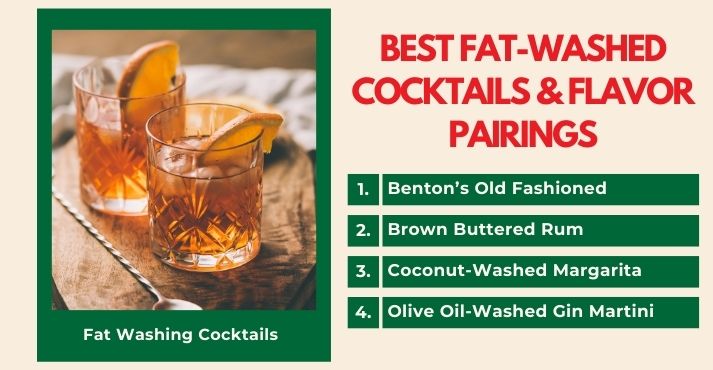
Fat-washing spirits add a new layer of depth and texture to cocktails, changing familiar drinks into rich, velvety experiences. By infusing alcohol with ingredients like bacon fat, butter, or olive oil, bartenders and enthusiasts can create unexpected yet balanced flavor combinations.
If you’re new to the technique, bourbon fat washing is a great place to start, as its bold, caramelized profile pairs well with smoky and savory ingredients.
Below are some of the best fat-washed cocktails and their ideal pairings:
1. Benton’s Old Fashioned (Bacon-Fat Washed Bourbon)
A modern classic, Benton’s Old Fashioned was one of the first cocktails to popularize bourbon fat washing in the craft cocktail world. Created by Don Lee at PDT (Please Don’t Tell) in New York City, this drink infuses bourbon with the rich, smoky essence of rendered bacon fat.
The fat-washing process enhances the whiskey’s caramel and vanilla notes, adding a savory, umami depth that complements the bitters and sugar.
- Flavor Profile: Smoky, rich, and umami-forward.
- Why It Works: The bacon fat highlights the natural sweetness of bourbon while adding a meaty, savory finish.
- How to Serve: Stir with a sugar cube and bitters, serve over ice, and garnish with an orange twist.
2. Brown Buttered Rum
Brown butter-washed rum is a decadent take on traditional rum cocktails. The process of browning butter gives it a nutty, caramelized aroma, which pairs beautifully with the natural molasses notes in rum.
This technique is especially effective with aged or spiced rums, enhancing their complexity while creating a creamy, velvety mouthfeel. Whether sipped neat or mixed into a warm, spiced cocktail, this infusion adds a luxurious richness to every sip.
- Flavor Profile: Buttery, warm, and caramelized.
- Why It Works: Brown butter deepens the rum’s sweetness with toasty, nutty undertones, making for a smoother, richer experience.
- How to Serve: Enjoy neat, on the rocks, or in a spiced rum cocktail with cinnamon and nutmeg.
3. Coconut-Washed Tequila Margarita
Coconut oil-washed tequila brings a silky, tropical twist to classic tequila cocktails. The method infuses tequila with coconut oil, softening its sharp agave bite while adding a delicate creaminess.
The result is a smooth, well-balanced base that pairs perfectly with the bright acidity of lime juice in a Margarita. This fat-washing technique works well with Blanco tequila, as its crisp and clean profile allows the coconut flavors to shine without overpowering the drink.
- Flavor Profile: Smooth, tropical, and citrusy.
- Why It Works: Coconut oil adds a velvety mouthfeel and a subtle sweetness that enhances tequila’s natural earthiness.
- How to Serve: Shake with lime juice and agave syrup, then serve in a salt-rimmed glass for a refreshing, well-rounded cocktail.
4. Olive Oil-Washed Gin Martini
Fat-washing gin with olive oil enhances the classic Martini into a richer, more luxurious experience. This technique enhances gin’s botanical flavors while adding a silky, weighty mouthfeel.
The slight fruitiness of olive oil rounds out the spirit’s sharper edges, making for a smoother, more refined sip. This method is effective with dry gins, as their juniper and herbal notes blend beautifully with the savory depth of high-quality olive oil.
- Flavor Profile: Silky, herbal, and slightly savory.
- Why It Works: Olive oil complements gin’s botanicals while adding a luscious texture, making each sip incredibly smooth.
- How to Serve: Stir with dry vermouth, strain into a chilled glass, and garnish with a lemon twist or olive.
Experimenting with different fats and spirits allows you to craft cocktails with rich flavors and smooth textures, adding a new dimension to your drinking experience.
Conclusion
Fat washing enhances spirits by adding depth, texture, and layered flavors. Bartenders and home mixologists can infuse alcohol with fats like bacon, butter, or coconut oil to create cocktails with a richer mouthfeel and more complex taste profiles.
This process helps balance bold flavors, mellow harsh notes, and introduce unexpected elements to classic drinks.
Whether you’re experimenting at home or enjoying a professionally crafted cocktail, fat washing opens up endless possibilities for creativity, so try different fats and spirits to discover your perfect pairing!









